WG2 will focus on the colloidal and interfacial phenomena to build up the complex food matrix, where neutron and X-ray scattering techniques are important in revealing the formation of aggregate structures (for example casein micelles, lipid crystallization/self-assembly, 13 protein aggregates, and particles at interfaces, emulsions and foam). A major challenge is that the structure and interfacial behaviour between the oil and aqueous protein phase in concentrated systems is not fully understood. This is particularly important when incorporating lipids within the protein matrix for the creation of texturized food matrices. The WG will reveal deeper understanding by elucidating the colloidal and interfacial properties of plantbased proteins, protein-polysaccharide complexes, and starch in various forms and mixtures, thereof in relation to how they create structure, technical functionality during formulation and process and ultimately nutritional aspects in close co-operation with WG3 and 5. The use of advancements of SAXS or SANS instrument performance, sample and data processing potentially allows addressing complex food systems, like milk and cream, new plant-based food products based on mixtures of proteins and lipids, and complex natural biopolymers based on starches, to reveal structure on different length scales. Still today these new procedures, instrument and data evaluation procedures are not yet available for more general use and there is still a lack of knowledge and competence to make full use of them. This is one of the core tasks of WG2. Other techniques such as imaging, tomography, and spin-echo small-angle neutron scattering (SESANS) provide additional information over an extended size range to the micrometre scale, which is relevant for many structures in food including food foams gels, and emulsions, as well as plant-based protein networks in meat and cheese analogues. One of the core activities of WG2 concerns the advancement of data analysis on multiscale systems, combining both bulk and surface scattering techniques.






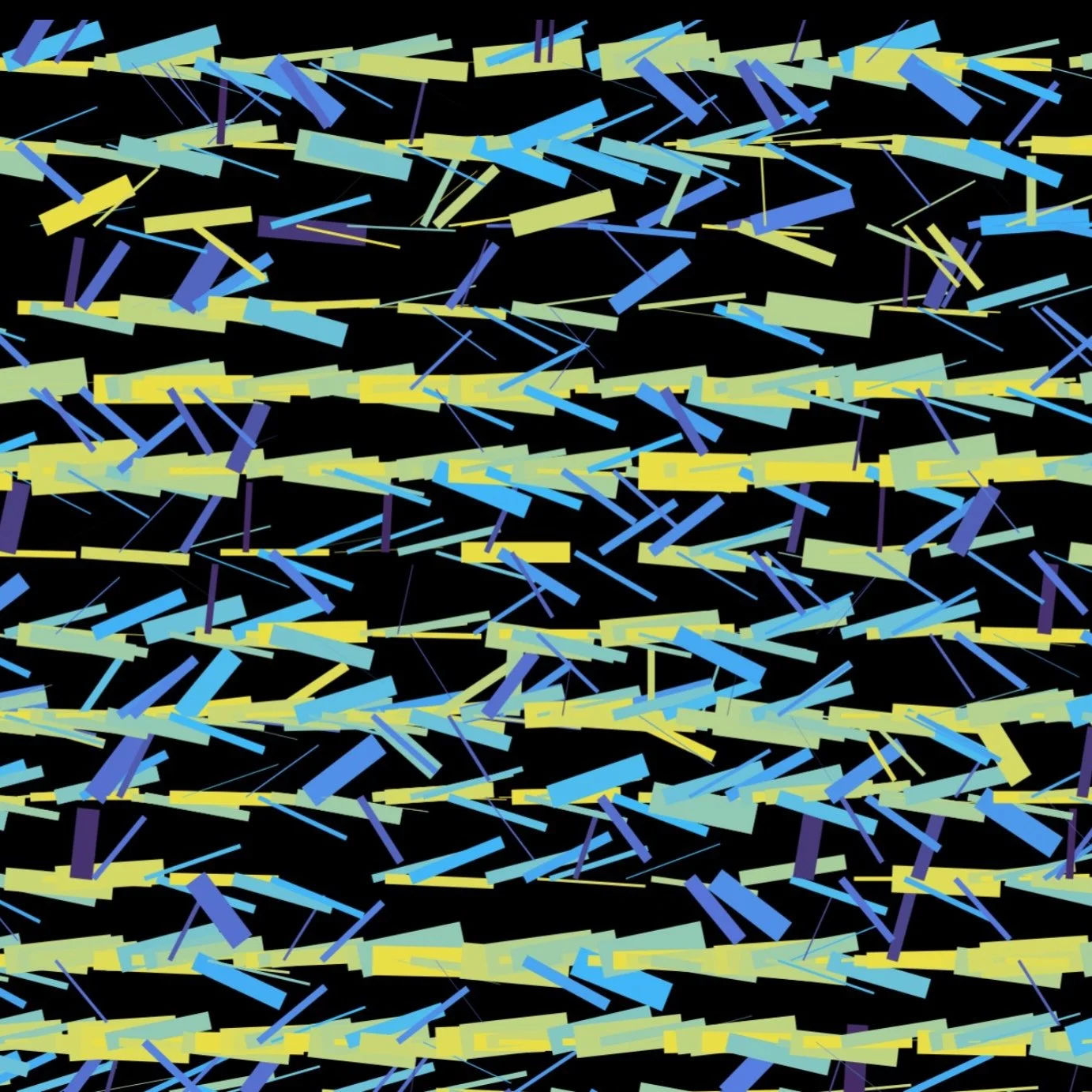




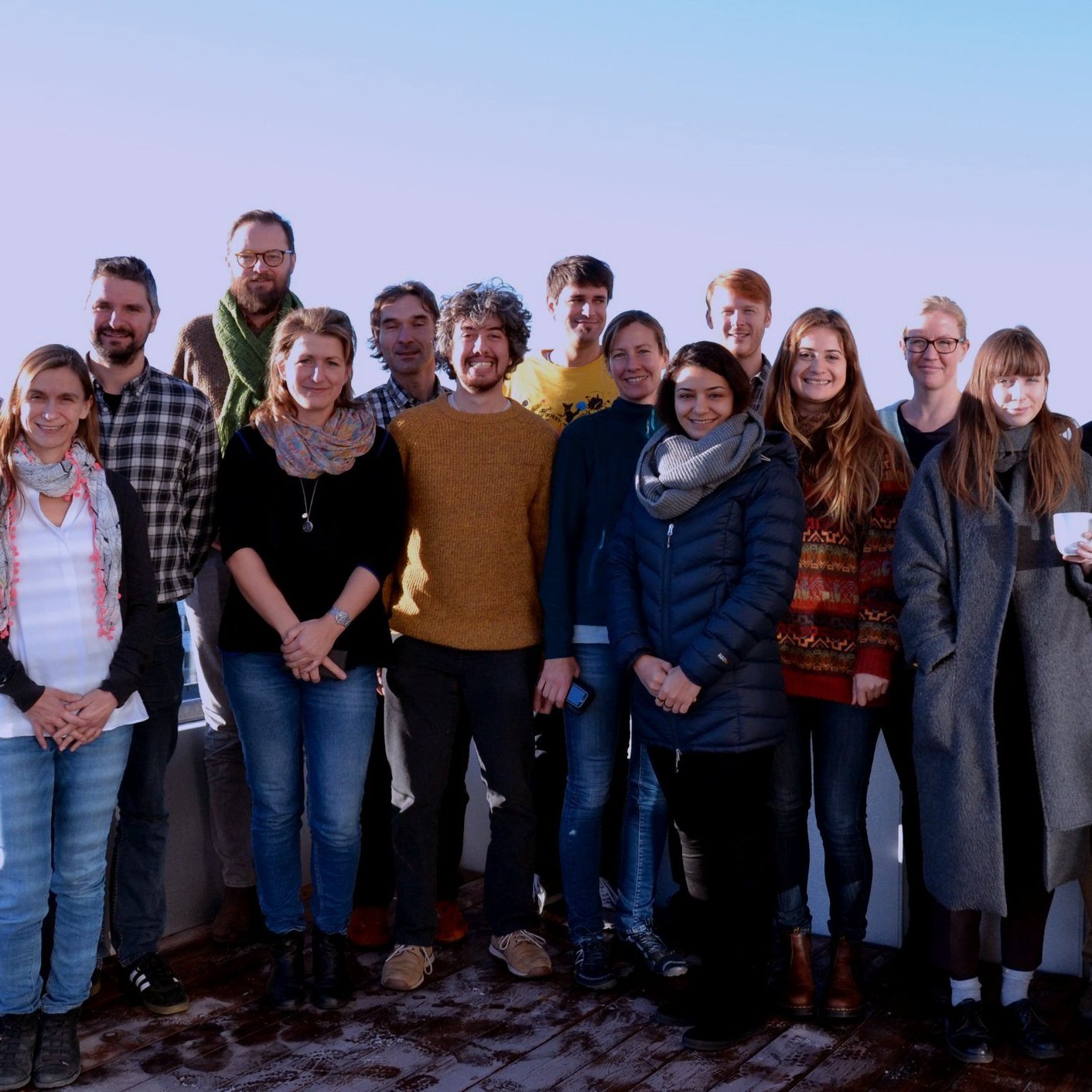
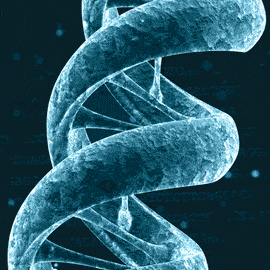
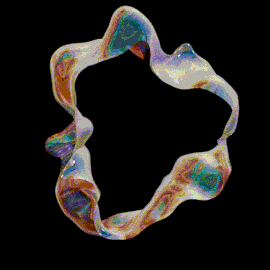



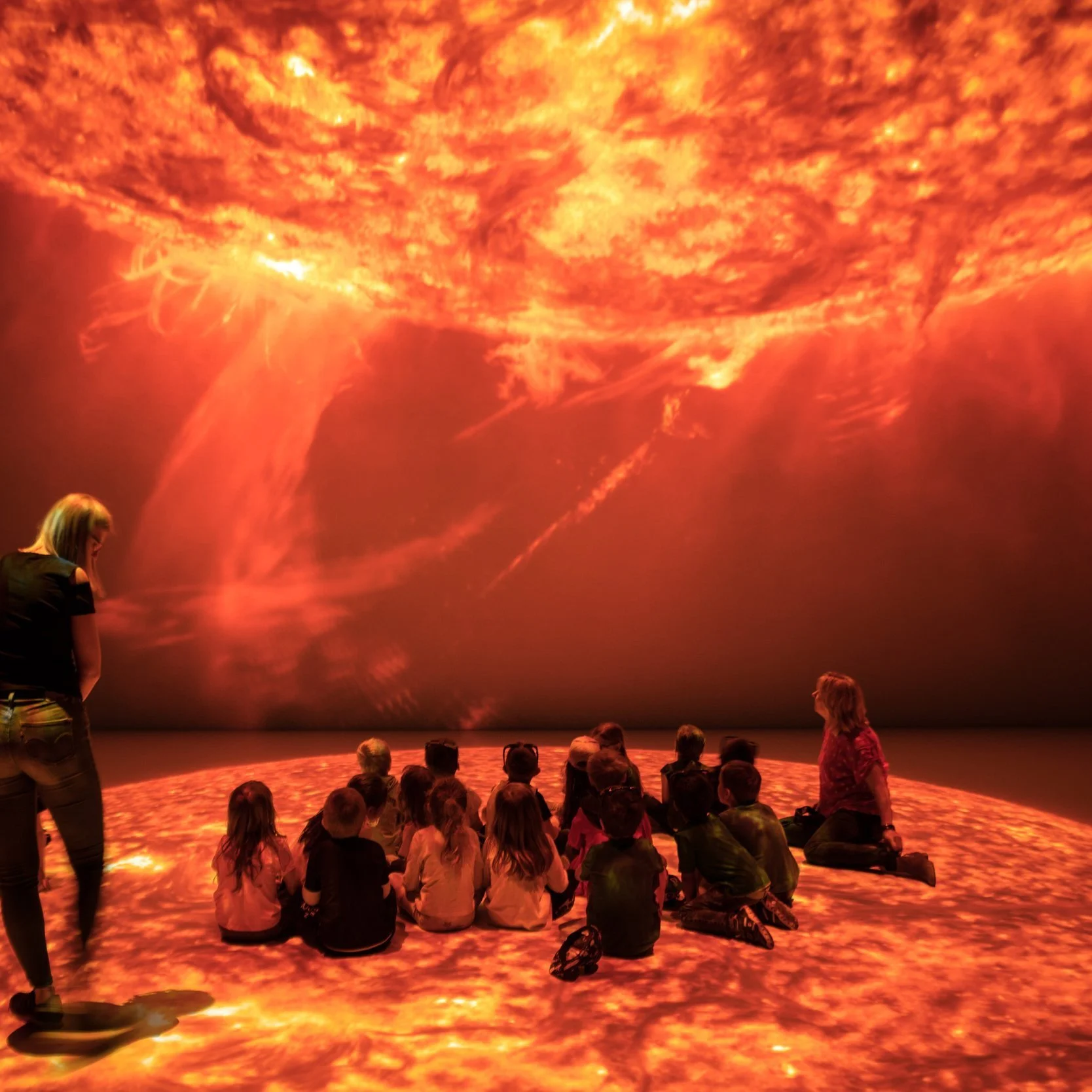














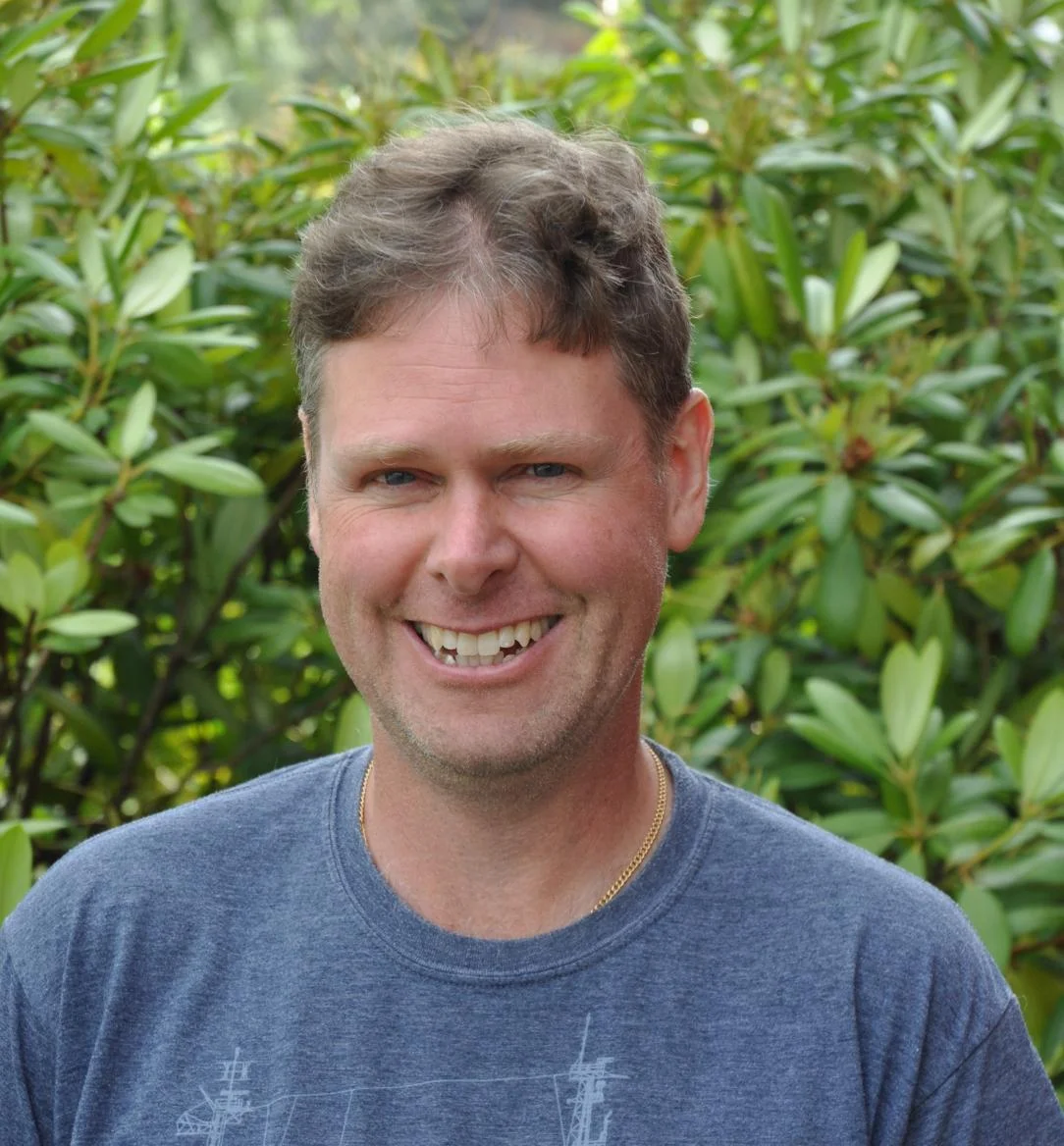



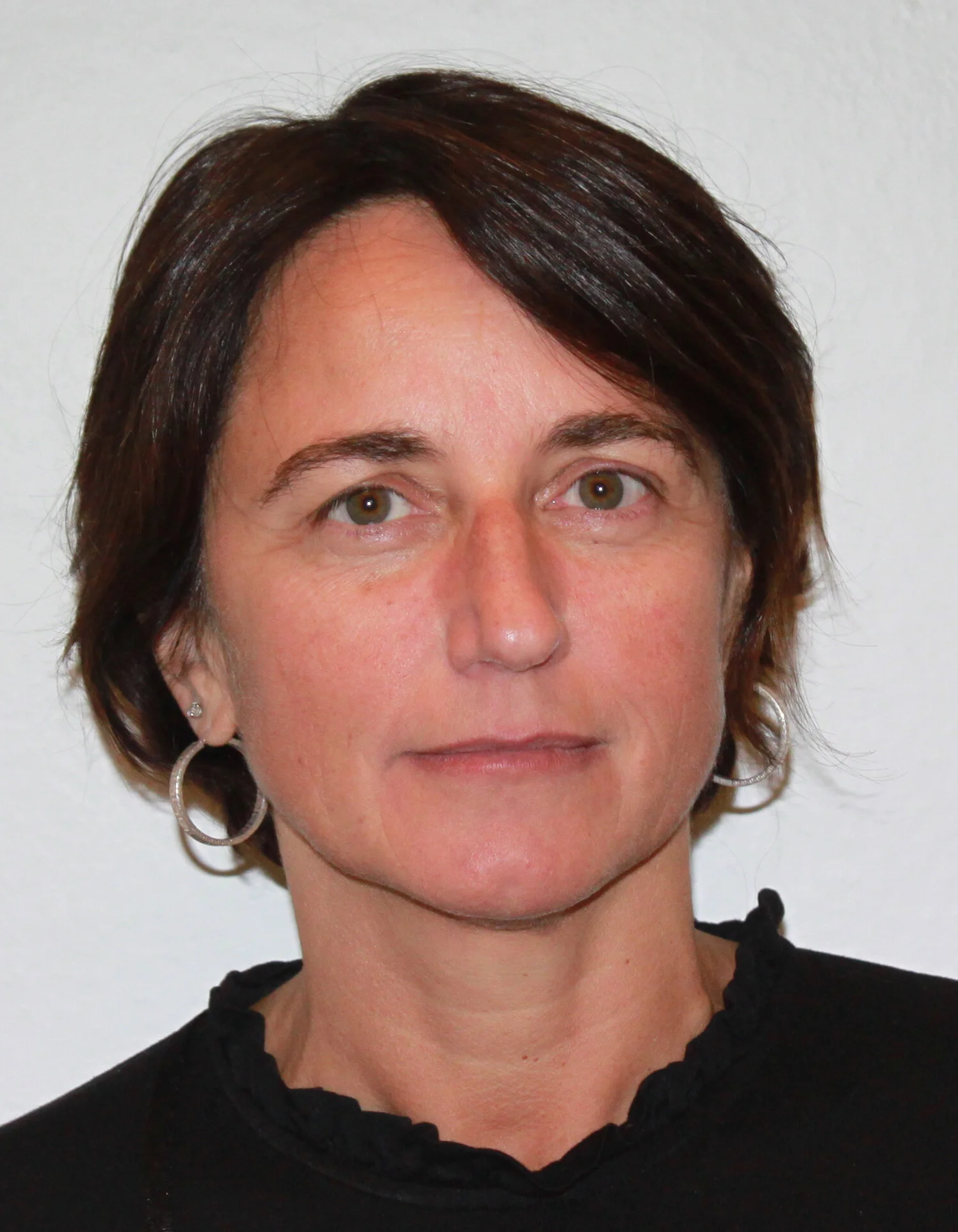

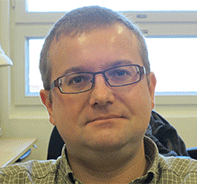
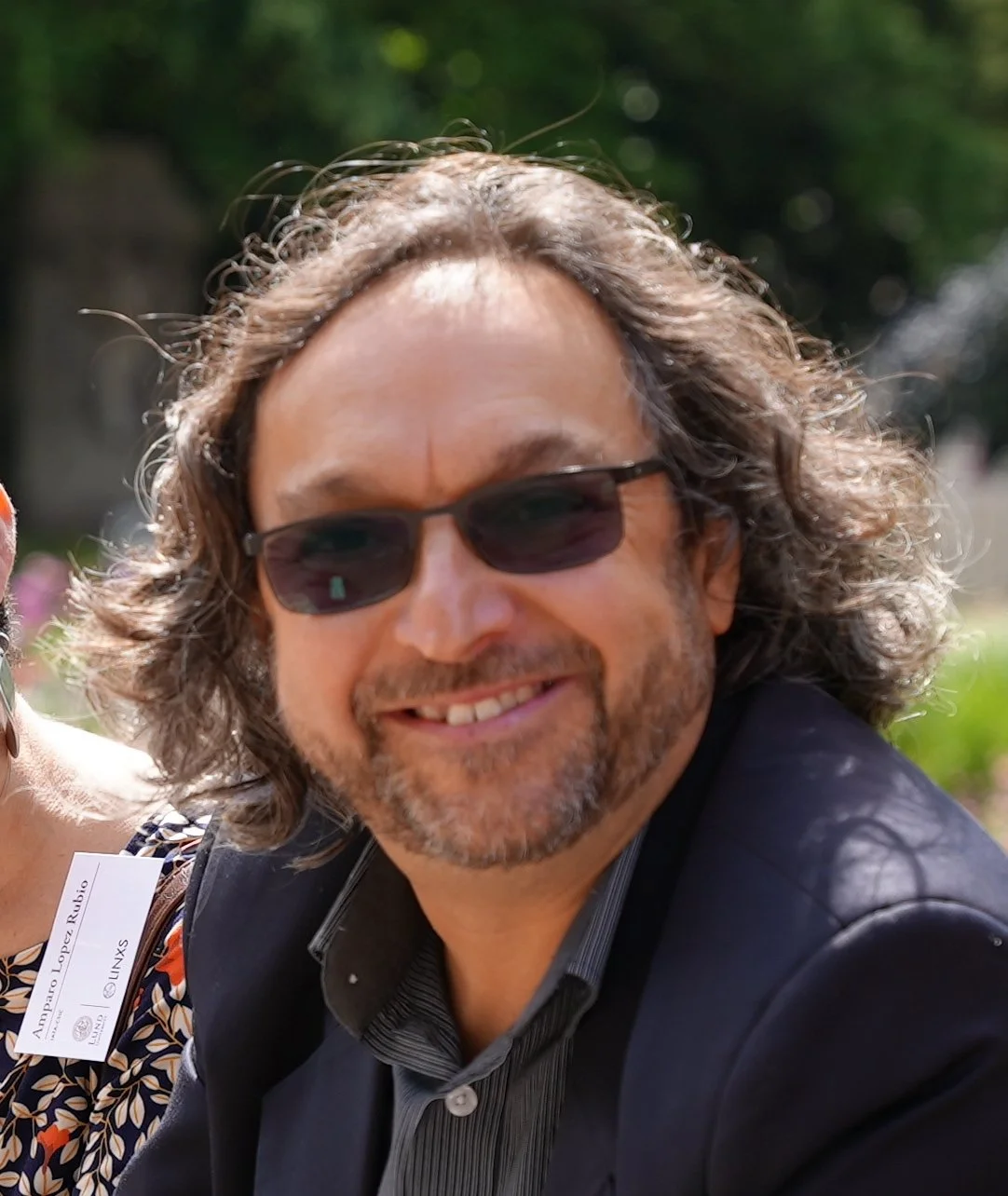
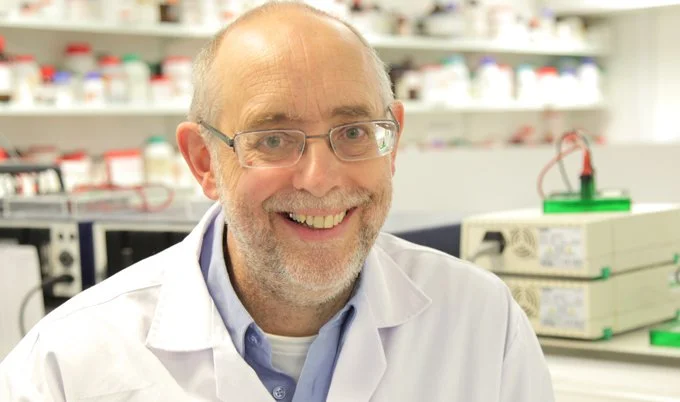














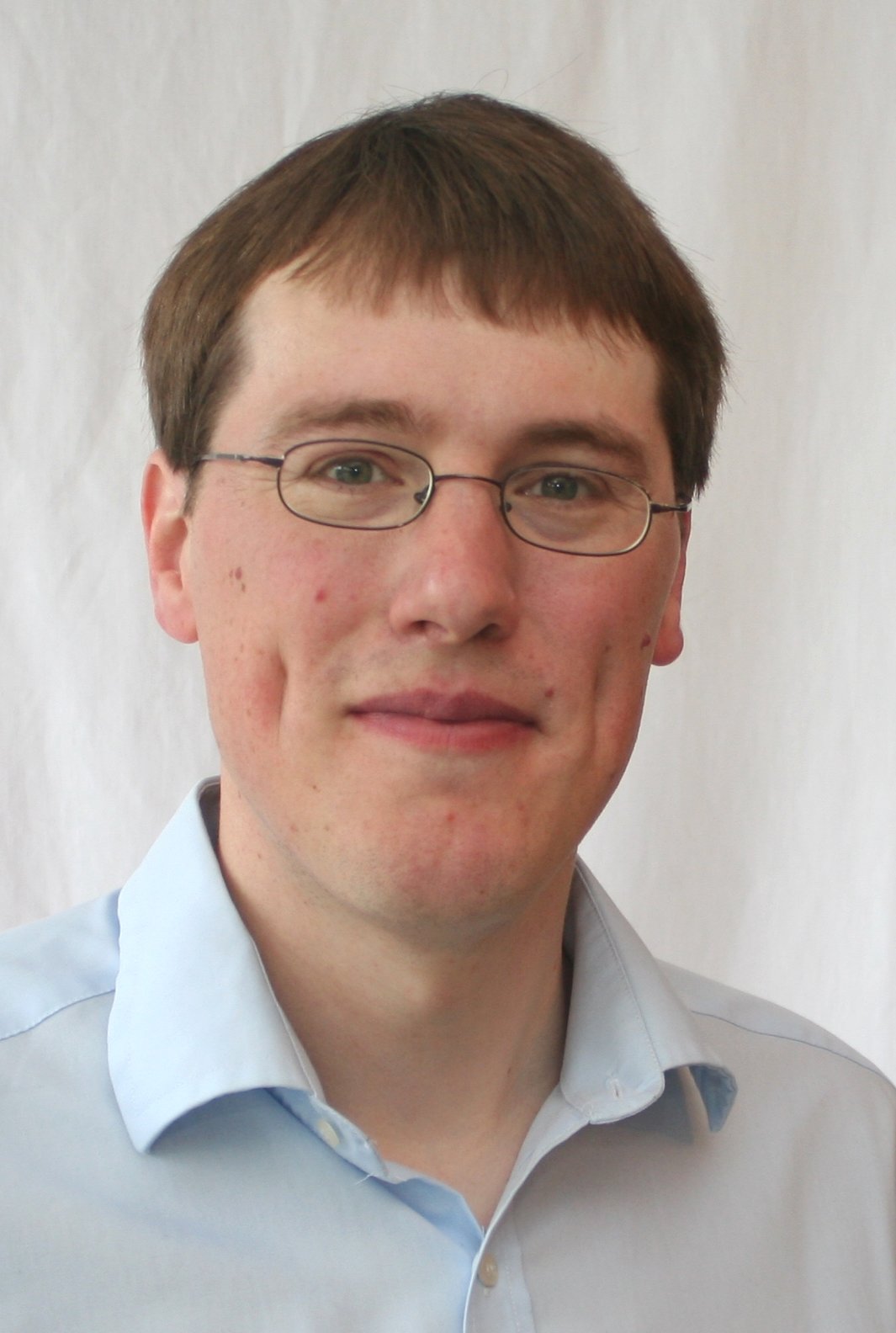






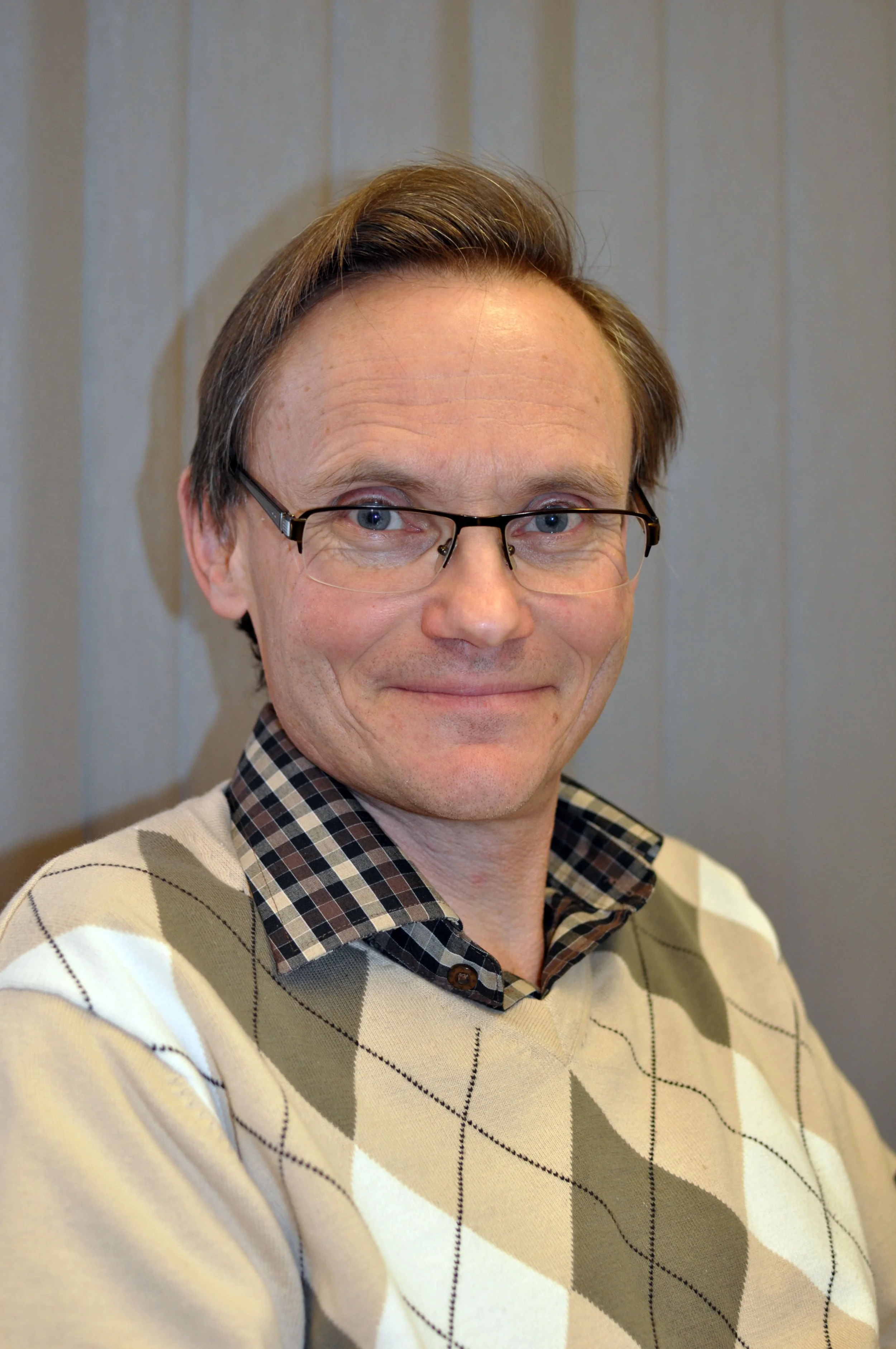


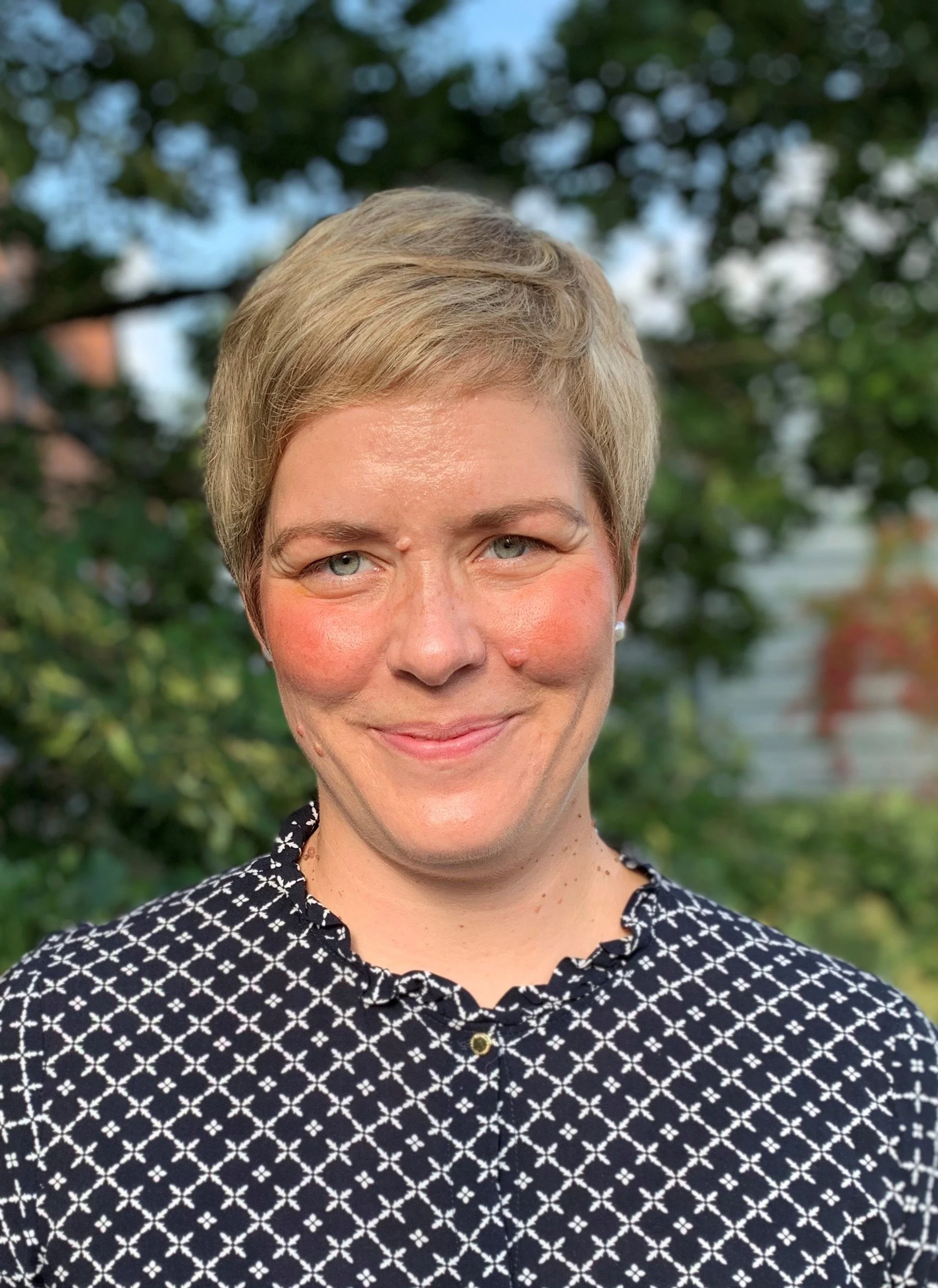





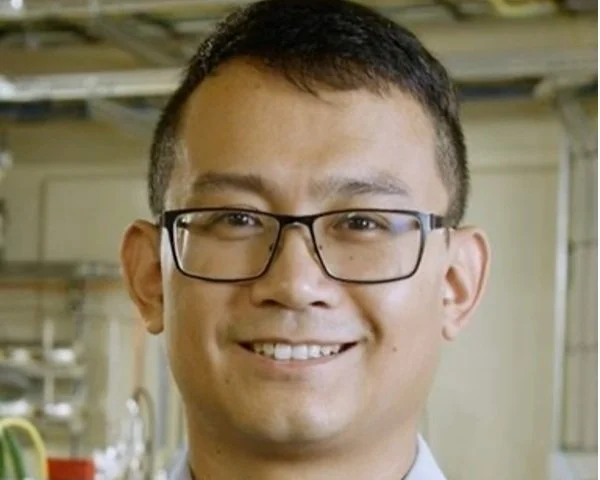




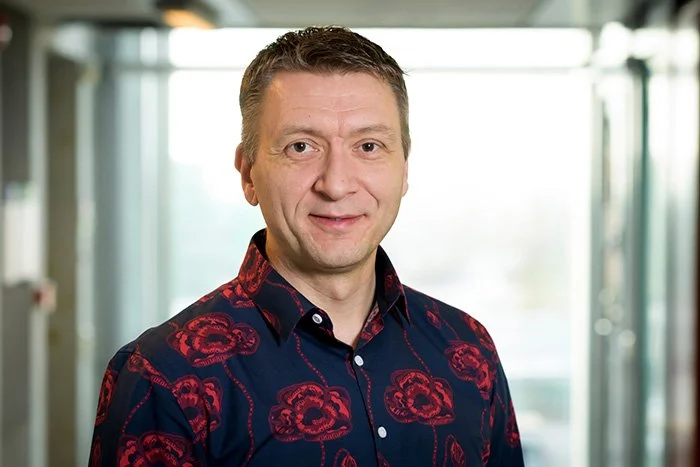










Food Core Group Leader & Dynamics Working Group Dynamics of Membranes and their Constituents Member, Internal LINXS Fellow
Tommy is a professor at the Department of Physical Chemistry at Lund University and an ambassador of the use of X-rays and neutrons in food research. His large network in food science together with his experience in x-ray and neutron scattering on various food related systems is crucial in bringing in the relevant national and international actors to the theme and to the strengthening of food sector using the large-scale infrastructure overall. He is also a member of the management group of NanoLund. Tommy will coordinate WG 4. Food interactions on surfaces.